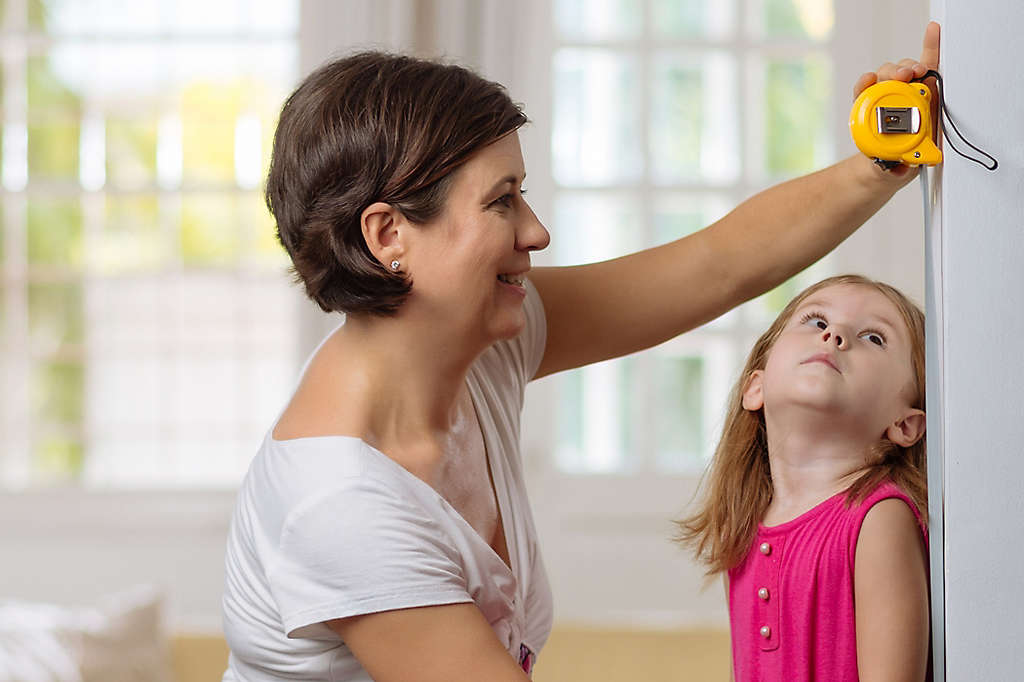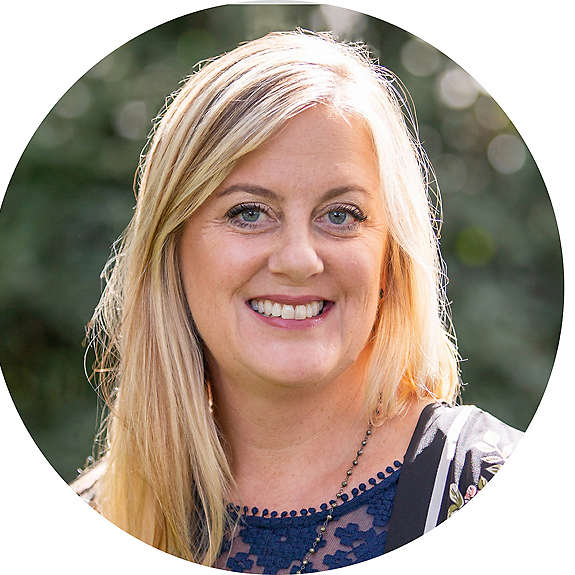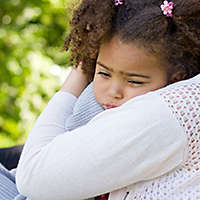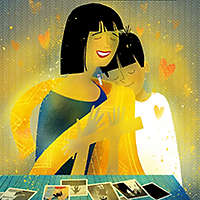RESOURCES
A Parent’s Perspective: Living and Loving with Grief


By: Jessica Maitland Mayo
Judi’s House/JAG Institute CEO
Judi’s House/JAG Institute CEO, Jessica Maitland Mayo, shares her personal story of parenting through grief and how she and her two children pieced together a new version of their lives, together.
I met my husband when we were both 17. We went to rival high schools, then held fast to each other during a long-distance relationship while we attended colleges in different states. Eventually, we got married, moved to Colorado, and created a life for ourselves that centered around our careers and each other. We chose to have our kids a bit later in life, but once Isabella and then Soren were born, I experienced a depth of love I did not know could exist and a feeling of having arrived at the very spot I was always supposed to be.
I look back at that 17-year-old version of myself and am grateful we can’t know all the complexities that life will bring us. There are many things I could say about the path that led to the moment, 20 years into my marriage, when my husband died by suicide. Regardless of that path, what happened immediately for me was the excruciating pain and fear around parenting through loss and tragedy. My children were 7 and 11 when their father died, and I felt a momentous shift in my role as a mother. I knew I had to do everything in my power to help my children, yet had no idea what to do. The hardest work would arrive at a time when I was least equipped for anything.
Over the next months and years, I struggled. At an almost frenetic pace, I did all the things I thought a parent of grieving children was “supposed” to do. I read books about grief and loss and suicide. But none of them seemed to relate to me, to my kids and to what we went through. I watched as many people became silent around us—and as a result retreated farther into our new cocoon of three. I could not wait to get home every night. But once there, I felt an inner pressure to “do it all correctly” so that everyone would just be okay. It took me a long while to realize those were not attainable goals for us.
As a family, we slowly picked through the fragments of what was left and began the arduous work of piecing together a new version of our life together. I tried out a new goal for myself: to remain open to what this reconstitution could become.
Looking back now, I can see a few constants that helped open the space for our healing. There was no one magic cure, but we became brave enough to seek out new paths that offered hope. Much like Kia in The Girls with the Locket, my kids and I learned how connecting with others on a similar journey offered moments to let our guard down. It felt good to not feel alone in those raw moments. Those were the quiet spaces where healing became possible.
Kia was able to find that connection at grief camp with other kids who had lost someone special. For my family, we found those life-changing connections at a grief center that provides grief care for the whole family. We spent an entire year accessing everything that Judi’s House in Denver had to offer us. It was our one safe place to truly grieve in earnest. We were welcomed just how we presented —messy and often too outside the bounds for the rest of the world. We emerged on the other side with some tangible strategies and significant proof points that connection leads to healing.
There are more kids like Kia (and my Soren and Isabella) than most people realize. The prevalence of childhood bereavement in this country is staggering. The Childhood Bereavement Estimation Model reports that one in 14 children in the United States will experience the loss of a sibling or parent by age 18. And yet this truth is rarely acknowledged or talked about. I know from experience that my kids had few places where they felt safe and heard when talking about the loss of their dad.
I believe one crucial way to support the millions of grieving children across our country is to change the world around them. We can all do a better job of educating ourselves about grief and what can happen when it is left unaddressed. We can recognize that in almost every gathering that includes children, there is likely at least one who is struggling with grief and may feel alone on that journey. We can stop and be present for those who are grieving rather than walking away out of fear that we may not get it “right.” Those who are able can consider a financial donation to their local grief center, which is almost certainly providing those vital services free of cost for the many families who rely on them. If we all take small steps like these, together, we can create a more grief-informed world for kids and families who are working towards hope and healing after loss.
This year is a milestone year for both of my kids. One is a freshman in college; the other a freshman in high school. And I am in my fifth year of a new marriage, which I cherish every day. I am proud of how my family works to keep moving forward, even though the journey is rarely linear or even clear. We still sift through the fragments, and we sort out what we no longer need and add in what we can. I know that hope and connection made all the difference—for all of us.
RELATED CONTENT
Enter your email address below, and we’ll keep you informed about the latest bereavement resources and tools.
Thank you for subscribing!





